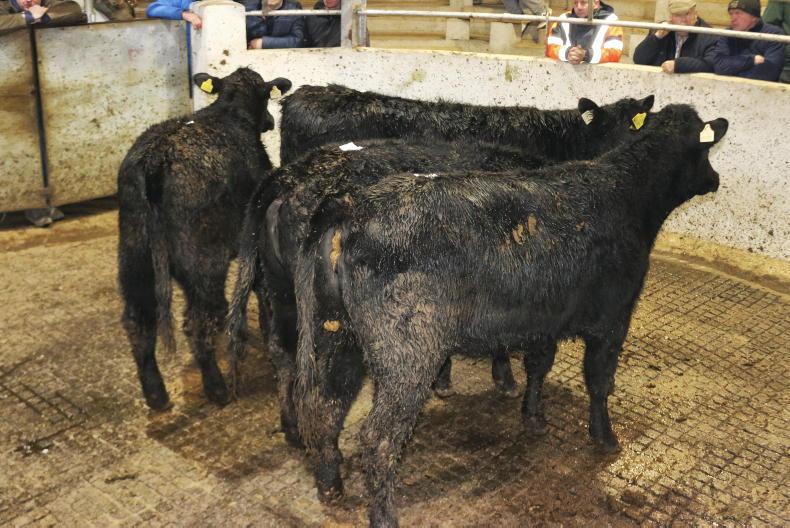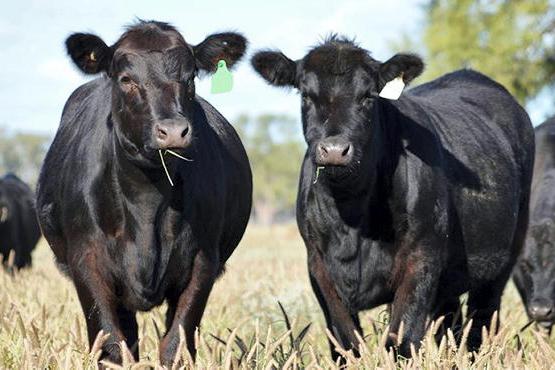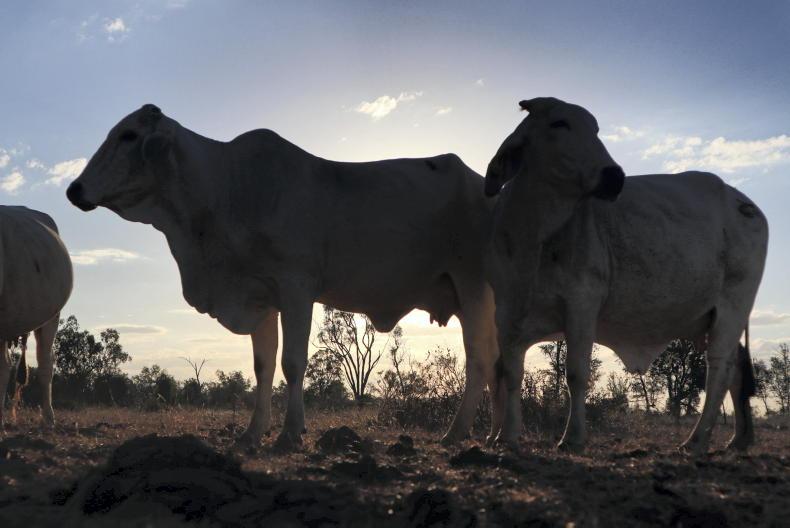In last week’s Irish Farmers Journal we highlighted the change in calf birth registrations on a national scale over the past 10 years.
Much of this focused on the growing national dairy herd, which led to a shift in the breed makeup of calves born in recent years.
With a 40% increase in dairy cow numbers, breeds more associated with this market have flourished whereas ones more typically associated with the national beef herd, which has reduced in line, have found it hard to hold their market share.
The movement in general saw an increased use of traditional breeds such as Angus and Hereford.
If we look at data since 2015, when the milk quota was abolished, it shows a 90,000 increase in the number of calves born from Angus sires.
This change seen in the breed makeup of the national herd is being mirrored in our national pedigree herd.
This week we look at how each of the main beef breeds, dairy breeds and rare breeds have changed over the last number of years.
The biggest mover in terms of numbers, is, again, the Angus breed. Nearly 4,200 more pedigree Angus births were recorded in 2020 compared with 2012. This is an increase of 65%. Hitting 10,641 births, this marks the first breed to hit five figures over the period.
Again, if we look at the Hereford breed, we can see a substantial increase in numbers. Up nearly 1,700 since 2012, this marked a near 50% increase.
While there’s no doubt the increased usage of dairy cows is the main factor at play here, it’s also worth noting that both breeds carry a meat quality reputation.
This reputation and successful producer groups both in Ireland and across the world is leading to increased demand for both breeds ringside and at the factory gate.
Seeing the biggest drop in pedigree births was the Charolais breed. From close to 10,000 in 2013, the breed saw a 28% drop to settle at just over 7,100 pedigree calves. This drop is very much in line with the drop seen in the national suckler herd, which the breed is most associated with.
The other major player was the Limousin breed which saw a 14% drop, or 1,428 fewer calves.
This smaller drop can be attributed to a focus by some breeders to secure a larger market share in the dairy herd by selecting for shorter gestation and easier calving.
Other movers and shakers
As we move down through the breeds, many others saw significant moves up or down in pedigree registrations. This, however, is generally off a much lower number of calves.
For example, the Aubrac pedigree registrations increased by a massive 93% since 2012 but this only equates to an extra 491 animals. That said, it does give great reassurance to breeders that the breed is going in the right direction.
Another traditional breed seeing significant growth is the Shorthorn, with numbers up 45% to 1,406.
On the opposite side, the Piedmontese and Belgian Blue breeds experienced the biggest drop, with numbers back over 75% on 2013 levels.
On the dairy front, surprisingly enough all main breeds pedigree births have dropped since the abolition of milk quota in 2015.
Rare breeds
Growth in rare breed numbers has proven very significant over the past 10 years. Seeing the biggest increase in numbers was the Dexter breed, with a further 1,332 calves born in 2020 compared to 2012. This is a growth percentage of 589% as is highlighted in the graph below. As previously mentioned about the Angus and Hereford breeds, the Dexter breed has also garnered a reputation for its meat eating qualities. This reputation has some buyers guaranteeing increased price per kilo at slaughter time.
Another big bonus for Dexter breeders has been the Department grant for select rare breeds to increase numbers and ensure long-term survival of the breed. The Kerry and Irish Moiled breeds can also draw down this grant, which has also helped their growth in recent years.












SHARING OPTIONS